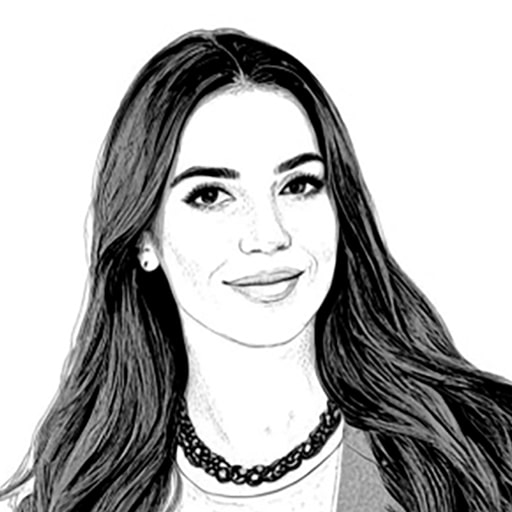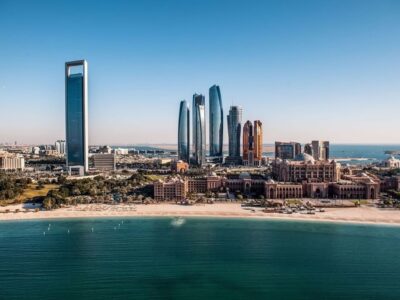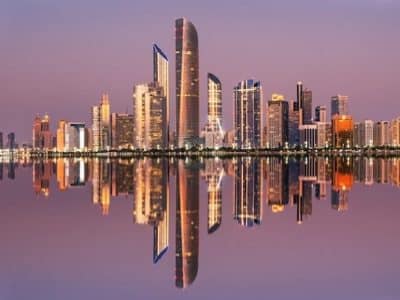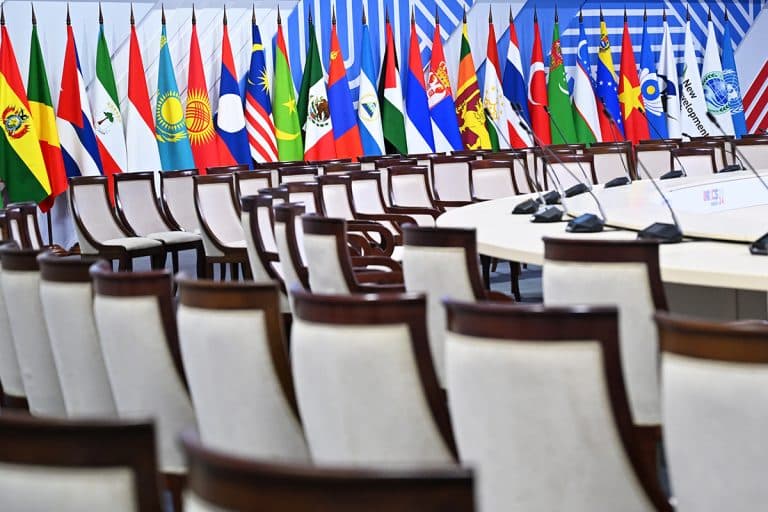The United Arab Emirates is set to attend its first BRICS summit this week since joining the newly expanded bloc in January, with growing Russian ties and a careful diplomatic strategy that could influence the group’s direction, though experts warn the path ahead is fraught with geopolitical challenges.
As leaders prepare to gather in Kazan on Tuesday, bilateral trade between the UAE and Russia has hit a record $11 billion in 2023, marking an elevenfold increase over the past decade, despite Western sanctions on Moscow.
“BRICS has to transform into this platform that proposes something very concrete and the UAE is coming at the perfect time because the UAE is at the forefront, is on the first line of many of those challenges,” Nicolas Michelon, CEO of Asia Intelligence Advisory, told Arabian Business.
The UAE President Sheikh Mohamed bin Zayed’s pre-summit visit to Moscow on Sunday, where he met with Russian President Vladimir Putin, underscored the deepening relationship between the two nations.
Yet this growing partnership faces complex challenges amid regional tensions and global pressures.
“The UAE appears to be one of the few countries in the world – and at least the only country in the MENA region – that has its leadership invited to both the US President’s and Russian President’s residences almost a month apart, despite global tensions pushing countries to ‘choose sides’ exclusively,” said Mahdi Jasim Ghuloom, a Regional Security Analyst at Le Beck International.
The trade relationship has evolved significantly since Russia’s invasion of Ukraine in 2022, becoming increasingly concentrated in specific sectors.
“Gold in 2022 accounted for more than 66 per cent of Russian exports to the UAE. Diamonds accounting for more than 20 per cent,” Michelon explained, adding that the UAE has also dramatically increased its imports of Russian oil derivatives for re-export to Asia and Africa.
However, this deepening economic relationship walks a fine line. Recent events, such as Abu Dhabi’s G42 being pressured to divest from Chinese AI companies under US pressure, highlight the challenges ahead.
“We can imagine that if the UAE really increases its technological investments in Russia, they’re probably going to receive the same type of message from Washington as they received when they invested in China,” Michelon said.
The relationship faces immediate practical challenges too, particularly regarding trade routes. Recent conflicts have threatened crucial shipping lanes in the Red Sea and raised concerns about the Strait of Hormuz, pushing BRICS members to seek alternatives.
“We have seen all the attacks from the Houthis in Yemen from the Bab Al Mandab Strait leading to the Red Sea… the Suez Canal is of course indirectly impacted by this because the traffic is collapsing and the price of sailing through those two points has gone through the roof,” Michelon added.
Despite these challenges, foreign direct investment between the two nations has reached more than $7 billion, primarily through sovereign wealth funds, indicating a deepening of ties beyond trade.
“Russia-UAE relations are warming, with President Putin describing the relationship as a ‘strategic partnership’,” Ghuloom said.
“It will be interesting to see how some signs of tensions between the UAE and Iran are managed and perhaps even mediated by Russia.”
Strengthening BRICS partnership
As both nations head into the three-day BRICS summit, their strengthening partnership could serve as a template for deeper intra-BRICS cooperation, even as they navigate the complex geopolitical landscape that defines their relationship.
The summit, running until Thursday, marks a crucial moment for the expanded bloc, which now represents 36 per cent of global GDP and 45 per cent of the world’s population, presenting both opportunities and challenges for its newest members as they seek to balance multiple strategic interests in an increasingly multipolar world.






